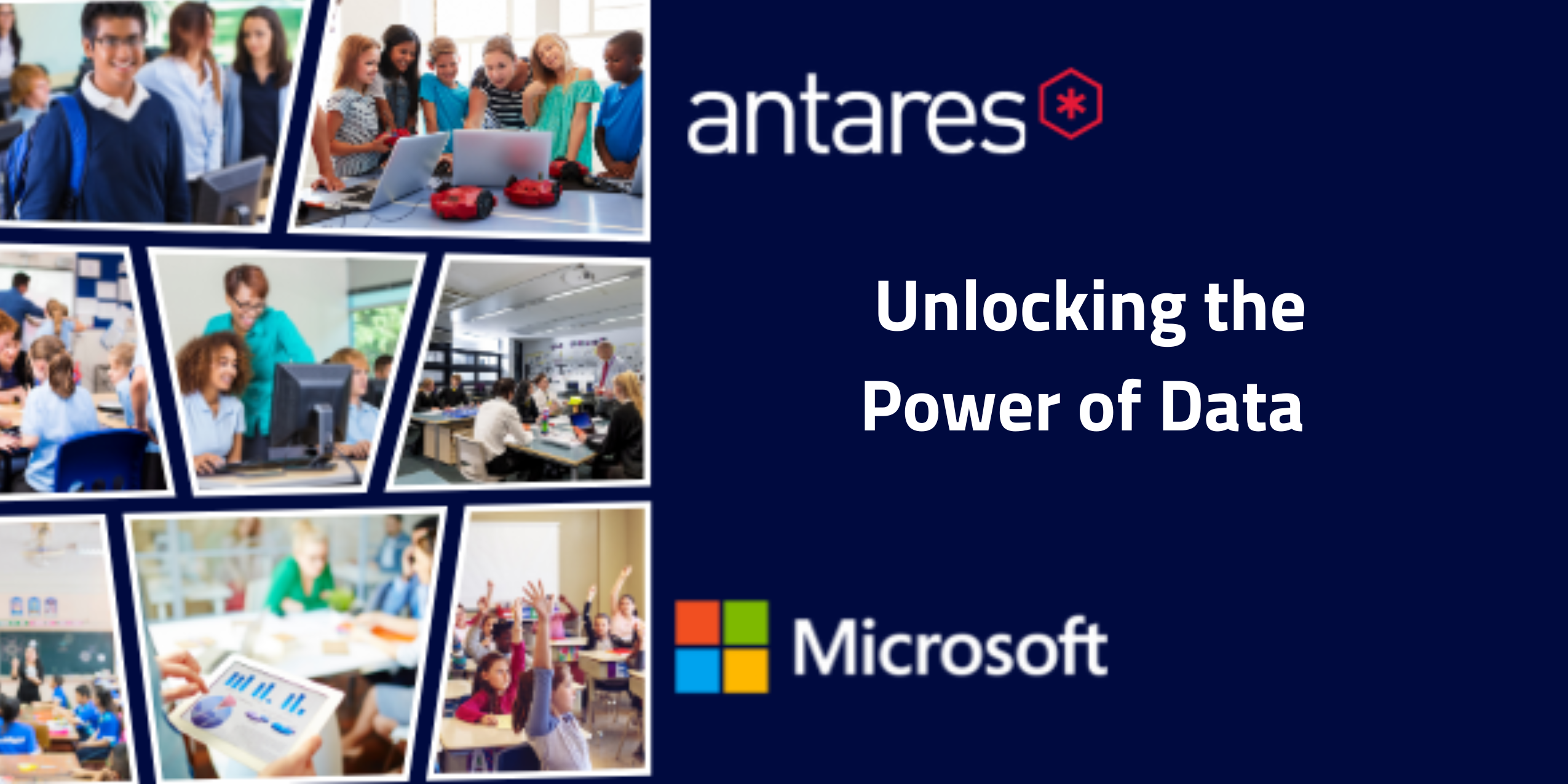Welcome to part two of our Future Ready Schools series, where we delve into how K-12 schools can better manage information and ensure robust governance in a world increasingly shaped by digital transformation.
Below you’ll find the highlights of a session co-hosted by Greg Brown, Mark Sheehan from Antares Solutions, and Peter Manoukian from Microsoft. Together, we’ll discuss three key strategies to streamline data governance, unlock dark data, and ensure safe and compliant collaboration in schools.
The Foundation of Strong Data Governance
Effective data governance begins with building the right foundation. Mark Sheehan highlights that data in schools, ranging from permission slips to academic reports, often resides in fragmented systems, creating challenges for accessibility and compliance. Sheehan emphasises that this lifecycle, from creation to eventual disposal, requires continuous planning and adaptation.
Peter Manoukian adds that with the increasing complexity of hybrid learning environments, schools must unify data governance to track where data resides and ensure proper access controls.
Tools like Microsoft Purview allow schools to centralise data oversight and integrate governance across platforms like SharePoint and OneDrive. This ensures sensitive information is stored securely and policies for retention and disposal are consistently applied.
By establishing a strong foundation, schools can maintain compliance while optimising data use for decision-making and risk management.
Bringing Dark Data Into the Light
Schools often struggle with “dark data” — information collected but not effectively utilised. This includes everything from behavioural records to extracurricular participation. Peter points out that failing to leverage this data can mean missed opportunities to identify at-risk students and implement timely interventions.
Mark illustrates how digitising paper records and applying AI-driven tools like SharePoint Syntax can automatically tag and classify documents, reducing manual effort and human error. For example, documents such as medical records or student notes can be securely tagged with metadata, ensuring appropriate access while maintaining confidentiality.
Greg Brown adds that through automated tagging and classification, schools not only reduce storage costs but also enhance data usability. This process unlocks valuable insights, enabling educators to analyse trends and improve student outcomes. Schools can finally harness the potential of their hidden data troves.
Safe and Compliant Collaboration
Establishing clear governance policies for collaboration is key to ensuring that the right information reaches the right people.
Mark advises schools to create role-based access controls and implement oversight mechanisms that govern who can share or view specific documents. By integrating governance frameworks directly into tools like Teams and SharePoint, schools can maintain security while enabling seamless communication.
Peter expands on this by discussing how AI and Graph API metrics can help schools monitor collaboration patterns. These insights enhance security and allow educators to identify and replicate effective teaching strategies. He highlights that simplifying collaboration while maintaining rigorous oversight empowers schools to foster innovation without compromising compliance.
In Conclusion
Mastering information management and governance is no longer optional for K-12 schools. By building a strong data governance foundation, unlocking the potential of dark data, and ensuring safe collaboration, schools can transform how they operate and educate. Tools like Microsoft Purview and SharePoint Syntax offer scalable solutions to these challenges.
Now is the time to assess your school’s data landscape and implement these strategies. Begin by identifying dark data, exploring governance tools, and fostering a culture of compliant collaboration. The journey to a future-ready school starts here.
Want help? Contact us at Antares Solutions to learn how we can help you implement your information management and data governance.



